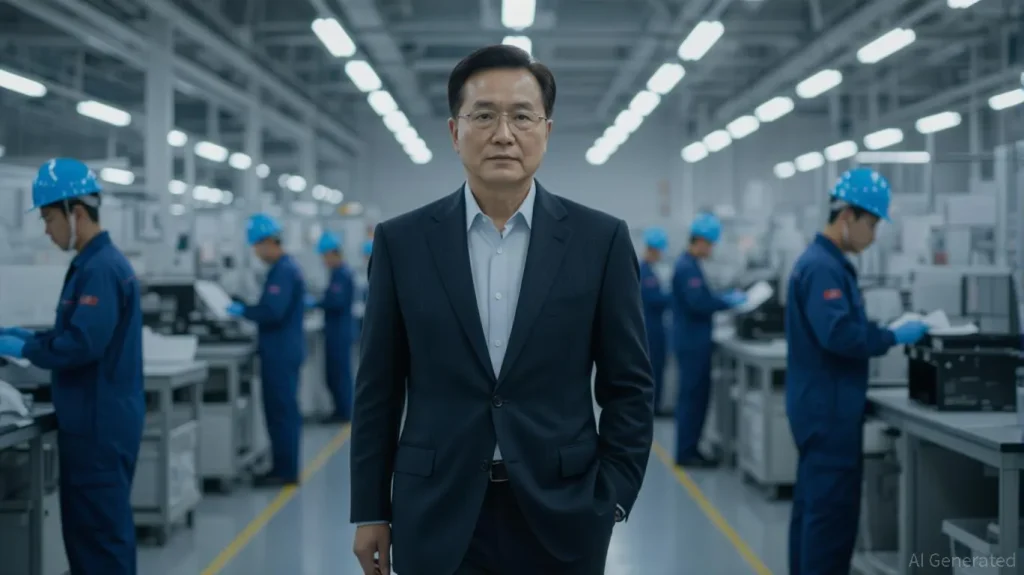
The Impossible Rise of Hyundai
Few companies in history have experienced a transformation as dramatic as Hyundai. What began as a humble construction firm in post-war Korea evolved into a global automotive powerhouse, consistently ranking among the top automakers in the world. By 2022, Hyundai Motor Group—which includes Hyundai, Kia, and Genesis—had officially become the third largest automaker on the planet, behind only Toyota and Volkswagen.
This success story is not a coincidence. It is the result of decades of calculated risks, relentless innovation, and a vision that refused to accept limitations. In this long-form article, we will trace the complete journey of Hyundai: from its foundation to its breakthrough in automobiles, its struggles with quality, its rebirth as a global brand, and its rise to dominance in the electric vehicle and luxury car markets.
The Early Foundations – A Dream Bigger Than Korea
To understand Hyundai’s success, we must go back to its founder, Chung Ju-yung, who grew up in extreme poverty in a Korean farming family. With little formal education, he built his reputation on hard work and resilience. In 1947, he established Hyundai Engineering & Construction, a company that would play a critical role in rebuilding South Korea after the Korean War.
This construction background gave Hyundai two vital advantages:
- Engineering expertise – The company understood large-scale projects and how to deliver under pressure.
- Government trust – By helping modernize South Korea, Hyundai won the confidence of policymakers, who would later support its industrial expansions.
This base allowed Hyundai to dream bigger, eventually moving into industries like shipbuilding, steel, and ultimately automobiles.
The Birth of Hyundai Motor Company
Hyundai Motor Company was officially founded in 1967, at a time when South Korea was still far from being an industrialized nation. Most Koreans could not even afford cars, and the global market was dominated by Japanese, American, and European brands.
Hyundai’s first step was strategic partnership. In 1968, the company assembled the Ford Cortina under license, learning valuable lessons in manufacturing and supply chain management. While this phase relied on foreign partners, it gave Hyundai the foundation to eventually build cars under its own name.
By 1975, Hyundai launched the Pony, Korea’s first domestically produced and mass-exported car. It was designed by Italian designer Giorgetto Giugiaro and engineered with the help of Japanese technicians. The Pony wasn’t luxurious, but it was affordable, reliable, and symbolic. For South Korea, it meant independence in the auto industry. For Hyundai, it marked the start of global ambitions.
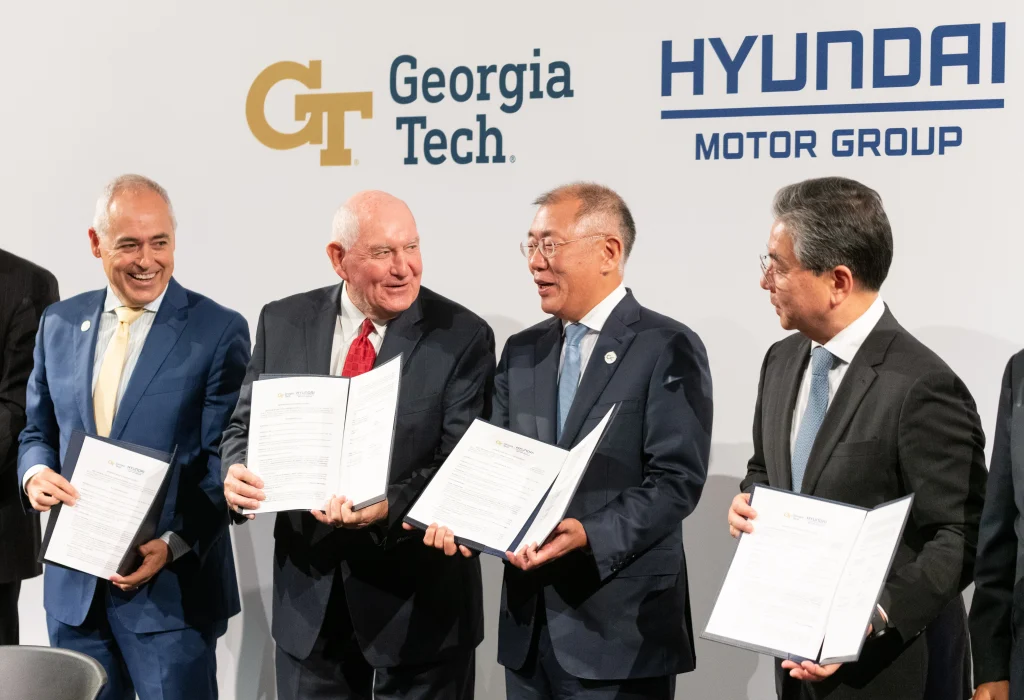
Expanding Beyond Borders – The Global Push
In the 1980s, Hyundai set its sights on the United States, the most competitive auto market in the world. In 1986, Hyundai launched the Excel, a compact car priced aggressively for first-time buyers. The Excel was a huge commercial hit, with hundreds of thousands sold in the first year.
However, this success came with a cost. The Excel was criticized for poor quality and reliability, damaging Hyundai’s reputation. Many industry analysts predicted that Hyundai’s global experiment would collapse. But instead of retreating, Hyundai made one of its most important decisions: to invest heavily in quality, research, and technology.
Reinventing Quality – The Turning Point
In the 1990s, Hyundai took steps that would completely transform its brand image. The company established R&D centers worldwide, hired international talent, and restructured its manufacturing processes. The breakthrough came in the early 2000s, when Hyundai introduced the 10-year/100,000-mile warranty in the U.S. market.
This bold move signaled absolute confidence in its cars and immediately attracted skeptical customers. Slowly but surely, Hyundai began climbing the reliability and customer satisfaction rankings. Within a decade, its cars were winning awards for quality and safety, rivaling brands like Toyota and Honda.
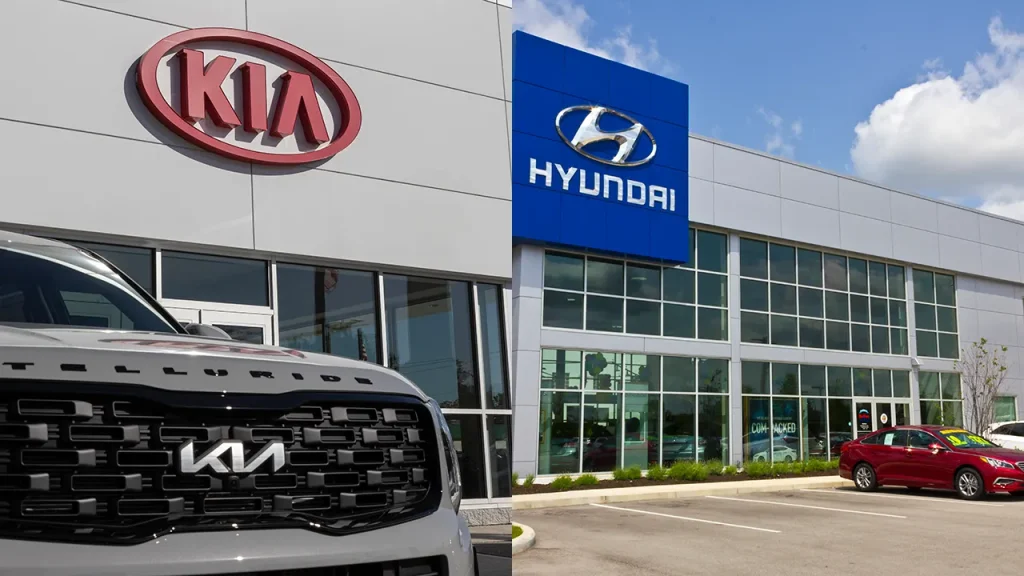
The Role of Kia – Strength in Synergy
A crucial factor in Hyundai’s rise to the third largest automaker was its acquisition of Kia Motors in 1998. Kia was struggling financially during the Asian financial crisis, but Hyundai saw an opportunity. The merger created Hyundai Motor Group, which allowed the two companies to share platforms, technology, and supply chains while targeting different market segments.
- Hyundai positioned itself as a reliable, global brand.
- Kia focused on youthful, stylish, and value-driven cars.
- Later, Genesis was created as a luxury sub-brand to challenge Mercedes, BMW, and Lexus.
This three-brand strategy gave the group access to a wide range of customers worldwide, from budget-conscious buyers to luxury enthusiasts.
Winning With Design and Innovation
Hyundai realized that to succeed globally, it needed not just affordable cars, but cars that people desired. Beginning in the late 2000s, Hyundai and Kia invested heavily in design. They hired top designers from Audi, BMW, and other European brands, resulting in models like the Hyundai Sonata, Elantra, and Kia Optima that won international design awards.
Technology also became a focus. Hyundai pioneered fuel efficiency improvements, hybrid technology, and early work on hydrogen fuel cells. By the 2010s, Hyundai and Kia models were consistently praised for their balance of style, safety, and value.
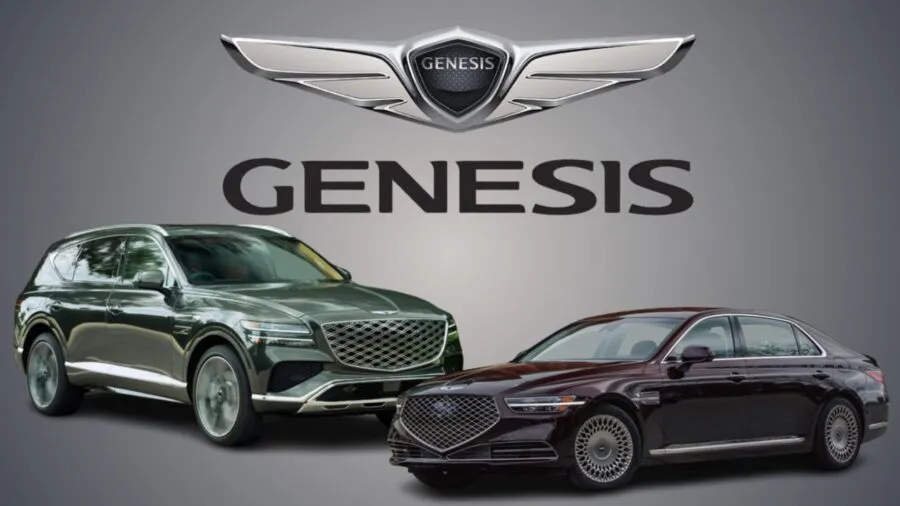
The Luxury Leap – Genesis
To compete in the premium segment, Hyundai launched Genesis as a standalone luxury brand in 2015. Initially met with skepticism, Genesis quickly proved itself with models like the G70, G80, and GV80 SUV, winning awards for performance and design. This expansion into luxury gave Hyundai Motor Group credibility across the entire market spectrum, from entry-level compacts to premium sedans and SUVs.
Surviving Global Crises – The Test of Resilience
The COVID-19 pandemic disrupted the global auto industry, causing shortages in semiconductors and supply chain chaos. Many automakers were forced to cut production. Yet, Hyundai managed its supply chains more effectively, allowing it to maintain output while others faltered.
This resilience allowed Hyundai to gain market share during a period of global uncertainty, accelerating its rise in global rankings.
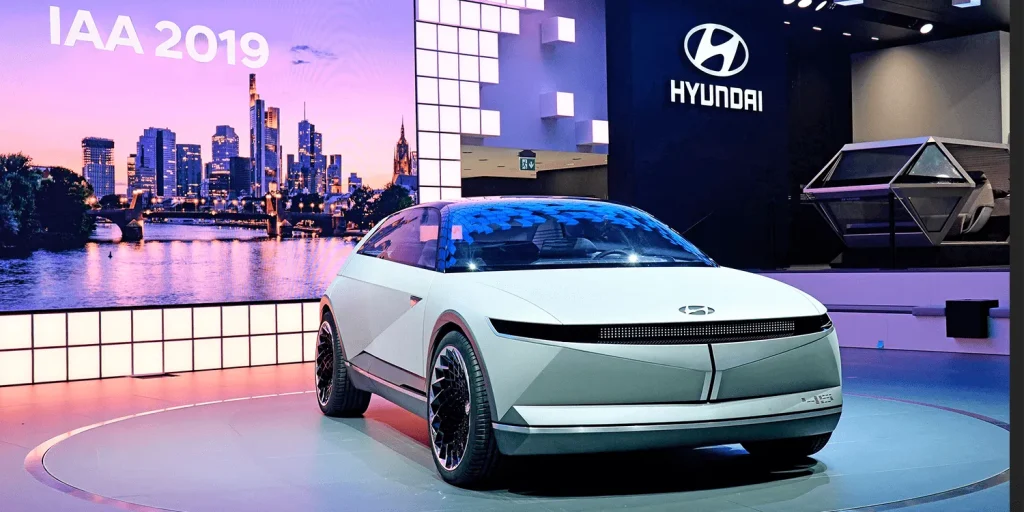
The Electric Vehicle Revolution – Leading the Future
Perhaps the most important driver of Hyundai’s recent success is its aggressive push into electric vehicles (EVs). With the launch of the Hyundai IONIQ 5, IONIQ 6, and Kia EV6, the group has positioned itself as a serious competitor to Tesla and other EV leaders.
Hyundai’s EVs combine futuristic design, long range, ultra-fast charging, and advanced software. The company is also investing heavily in hydrogen fuel cell vehicles, autonomous driving, and smart mobility solutions. This future-focused strategy ensures that Hyundai will remain competitive as the industry shifts toward electrification.
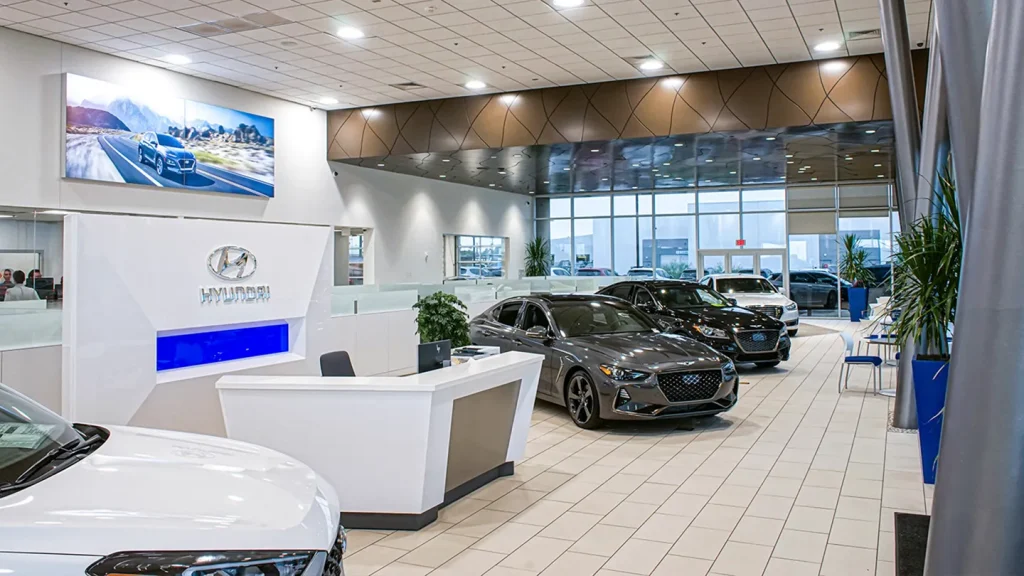
Becoming the Third Largest Automaker
All of these strategies came together by 2022, when Hyundai Motor Group officially became the third largest automaker in the world by global sales volume. Surpassing giants like General Motors, Stellantis, and Honda, Hyundai demonstrated that a company once dismissed as “cheap and low quality” had now joined the elite league of Toyota and Volkswagen.
Key Factors Behind Hyundai’s Rise
- Visionary leadership – From Chung Ju-yung’s bold risk-taking to modern executives embracing EVs, Hyundai has always been led by visionaries.
- Quality turnaround – The warranty strategy and relentless focus on reliability restored customer trust.
- Global design talent – Hiring world-class designers gave Hyundai and Kia cars that looked as good as they performed.
- Strategic acquisitions – Buying Kia and creating Genesis gave the group reach across all customer segments.
- Innovation in EVs – Hyundai’s IONIQ and Kia’s EV lineups are setting benchmarks in the electric era.
- Resilience in crises – Hyundai turned challenges like the financial crisis and pandemic into opportunities to gain ground.
Hyundai Today – A Global Powerhouse
Today, Hyundai Motor Group is not only a leading automaker but also a pioneer in mobility solutions. With investments in robotics, flying cars, hydrogen fuel, and autonomous driving, Hyundai is preparing for a future where mobility extends far beyond traditional automobiles.
The group’s mission is no longer just about selling cars—it’s about shaping the future of transportation.
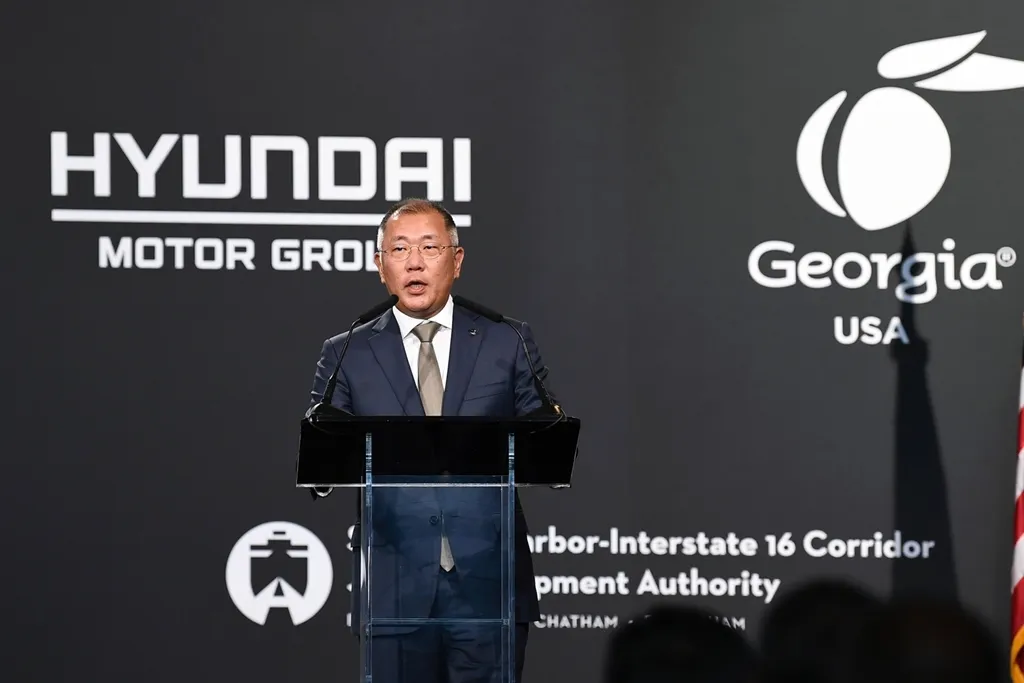
Conclusion – Lessons From Hyundai’s Journey
Hyundai’s rise to the third largest automaker in the world is one of the most inspiring business stories of the modern era. It teaches us:
- Never underestimate an underdog.
- Quality and trust can rebuild reputations.
- Innovation and adaptability are the keys to survival.
- Vision matters, but execution matters even more.
From a small garage in Korea to the global automotive stage, Hyundai proved that no dream is too big if pursued with persistence, strategy, and courage.


